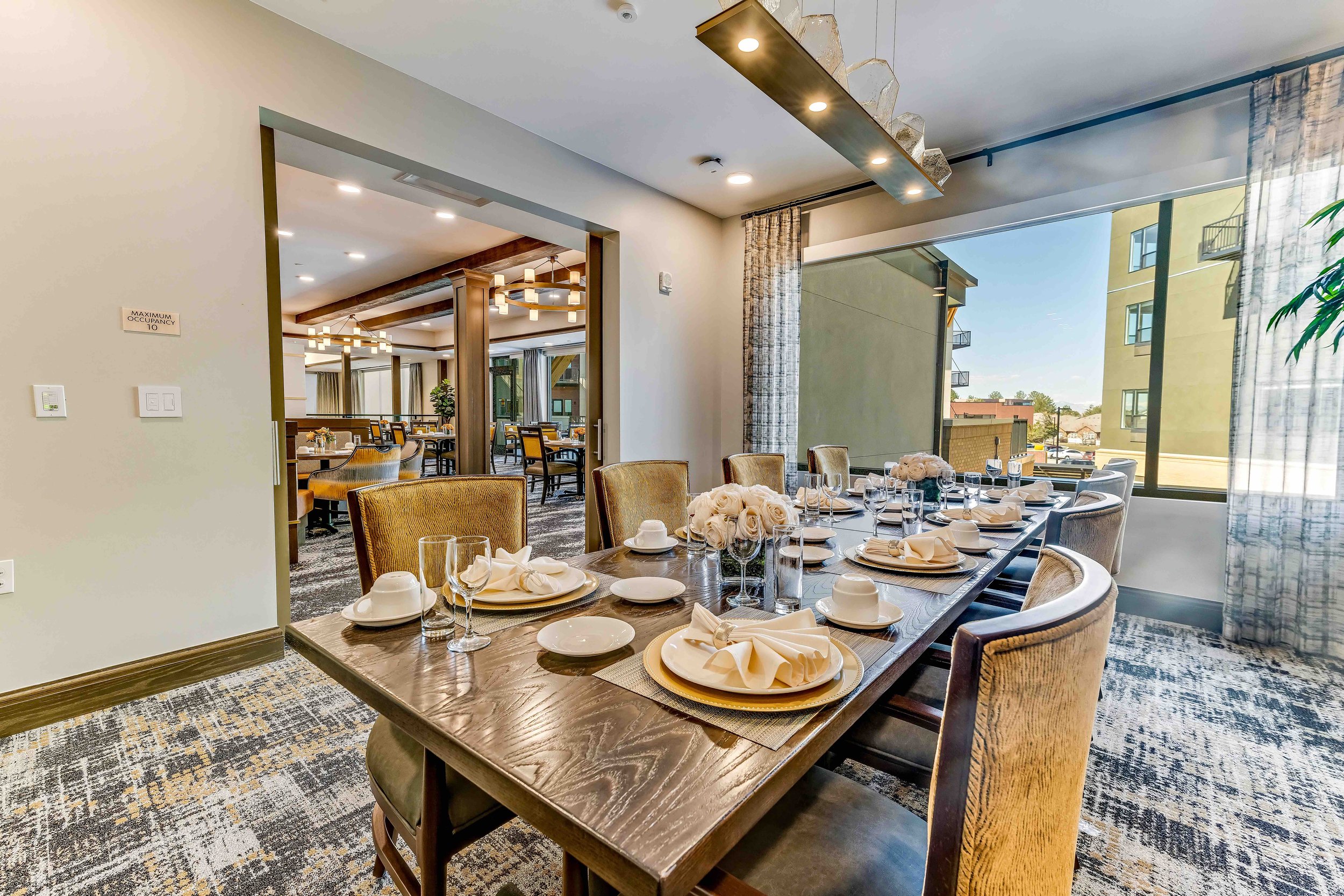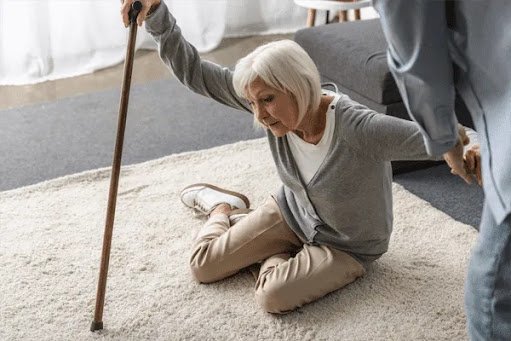Caring for Healthy Nails and Hair as We Age: Tips for Stronger, Shinier Days
As we grow older, it’s natural for hair and nails to go through some changes. Hair may become thinner, nails might get more brittle, and sometimes they just don’t seem as vibrant as they used to. But with a little TLC, seniors can keep their nails and hair looking and feeling healthy.
Why Hair and Nails Change Over Time
Aging impacts our whole body, including hair and nails. As the body’s natural oil production slows, hair may become drier, while nails can lose their natural moisture, making them more prone to breakage. These changes are common, but they don’t mean you can’t enjoy healthy hair and nails.
Resident Betty in senior living Fort Collins says she’s found a few tricks that have kept her nails and hair looking their best, even as the years go by.
Tips for Maintaining Healthy Hair
Keeping hair healthy doesn’t have to be complicated. Here are some simple adjustments to make hair look and feel its best:
Use a Gentle Shampoo
Harsh shampoos can strip away natural oils, so try using a mild, sulfate-free shampoo. These formulas clean hair without causing extra dryness.
Moisturize Regularly
Dryness is common as hair ages, so add a conditioner to your routine or try a leave-in treatment. A bit of coconut or argan oil applied to the ends can also make hair look shinier and feel softer.
Trim Regularly
Trimming every 6-8 weeks helps prevent split ends, which keeps hair looking fuller and healthier. It’s a simple way to maintain both style and strength.
Tips for Stronger, Healthier Nails
Brittle nails can be frustrating, but small changes can keep them strong and prevent breakage. Here are some easy ways to care for nails:
Stay Hydrated
Just like the rest of your body, nails need moisture. Drinking plenty of water keeps nails from drying out and becoming brittle.
Use a Moisturizing Hand Cream
Applying a cream with ingredients like shea butter or vitamin E helps keep both hands and nails hydrated, reducing breakage.
Skip the Nail Polish Sometimes
Nail polish and remover can weaken nails over time. Letting nails “breathe” occasionally keeps them stronger and less prone to peeling.
Jim in senior apartments Fort Collins keeps a hand cream by his bedside. It’s become part of his bedtime routine, and he’s noticed his nails feel less dry and more resilient.
Embrace Small Changes for Big Results
With a few simple routines, seniors can keep their nails and hair looking healthy and feeling strong. Senior housing Fort Collins, residents are finding that gentle products, hydration, and small dietary adjustments bring natural shine to hair and resilience to nails.
By taking a little extra time to care for hair and nails, seniors can enjoy the confidence that comes with looking and feeling their best every day.



















